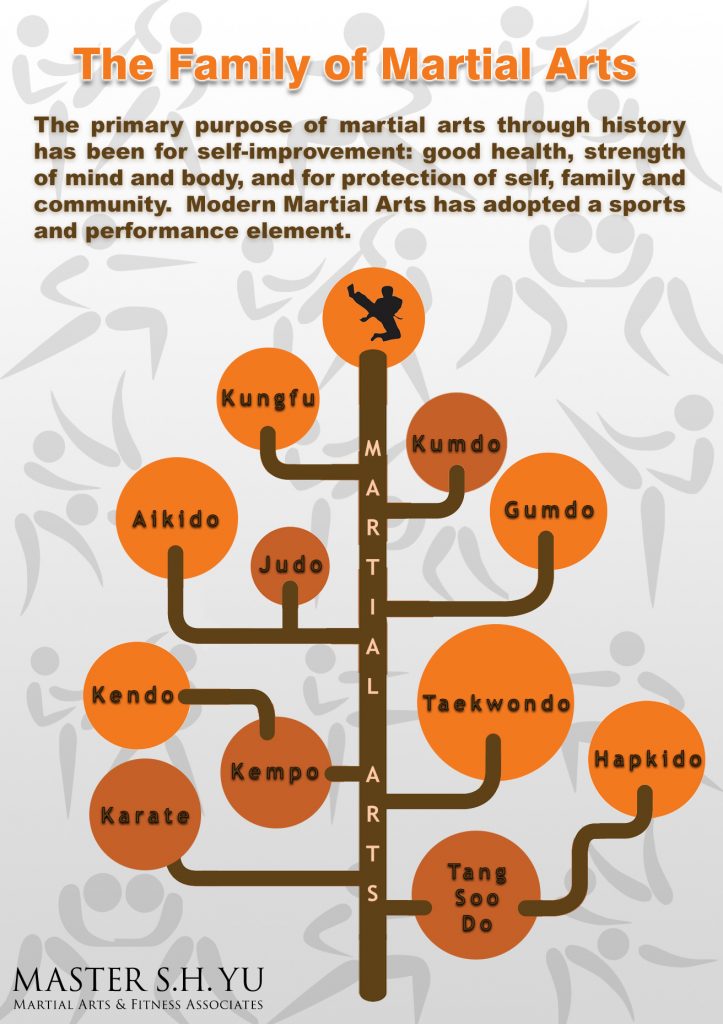Debunking The Various Fighting Style Styles: From Karate To Taekwondo
Debunking The Various Fighting Style Styles: From Karate To Taekwondo
Blog Article
Material By-Borch Lemming
Are you tired of feeling bewildered by the vast world of fighting styles? With a lot of designs to pick from, it can be very easy to get lost in a sea of punches, kicks, and strange names. But concern not!
This discussion will debunk the different fighting styles designs, taking you on a journey from the powerful strikes of Martial arts to the dynamic kicks of Taekwondo. Get ready to reveal the beginnings, methods, and philosophies behind these ancient art forms.
So, tighten your belt and prepare to embark on an informing expedition into the fascinating globe of martial arts.
Beginnings of Martial Arts Styles
The origins of fighting styles designs can be mapped back to ancient worlds and their need for self-defense and combat techniques. Throughout history, different societies established their own special techniques of combating, each with its own set of techniques and philosophies.
In China, for instance, fighting styles styles such as Kung Fu and Tai Chi were established as a means of self-defense and enhancing physical and mental wellness.
In https://gregorygrqlo.spintheblog.com/32845651/a-beginner-s-trip-into-the-globe-of-brazilian-jiu-jitsu , the samurai warriors produced styles like Karate and Judo, focusing on technique, precision, and mastery of the body.
Likewise, in Korea, Taekwondo emerged as a fighting style highlighting high kicks, quick motions, and mental fortitude.
These early civilizations laid the structure for the varied array of martial arts styles that exist today, each with its own rich history and cultural importance.
Strategies and Training Techniques
To grasp martial arts designs, specialists must discover numerous strategies and training techniques.
Methods are the specific activities and actions used in combat, such as strikes, kicks, tosses, and blocks. Different martial arts styles have their own distinct set of strategies that specialists have to master via extensive training.
Educating approaches differ depending upon the style, yet they typically entail a combination of physical conditioning, drills, sparring, and kinds.
will martial arts help in a fight is crucial to build stamina, flexibility, and endurance. Drills help professionals improve their methods and boost their speed and accuracy.
Competing enables mouse click the next page to exercise their strategies in a regulated, reasonable setting. Forms, also called kata, are prearranged sequences of activities that assist experts create muscular tissue memory and emphasis.
Ideologies and Principles
Checking out the viewpoints and concepts of fighting styles styles can provide you with a deeper understanding of your picked discipline. Each fighting style has its very own one-of-a-kind approach and collection of assisting principles that shape the means it's exercised.
As an example, Martial arts emphasizes self-control, regard, and self-control. It educates practitioners to focus their body and minds, enabling them to safeguard themselves while preserving a sense of internal tranquility.
On https://brooksiusjd.tusblogos.com/32569444/benefits-of-martial-arts-for-youth-developing-confidence-and-self-discipline , Taekwondo positions a strong emphasis on rate, dexterity, and versatility. Its concepts are rooted in the tenets of politeness, integrity, perseverance, self-control, and unbeatable spirit.
Verdict
Now that you have actually checked out the beginnings, methods, and philosophies of different martial arts designs, you have a much deeper understanding of these ancient self-controls.
Visualize a young karate pupil, practicing with steadfast decision and focus, breaking through boards with an effective punch.
Their journey showcases the devotion and toughness needed to grasp a martial art, advising us that with self-control and willpower, anything is feasible.
